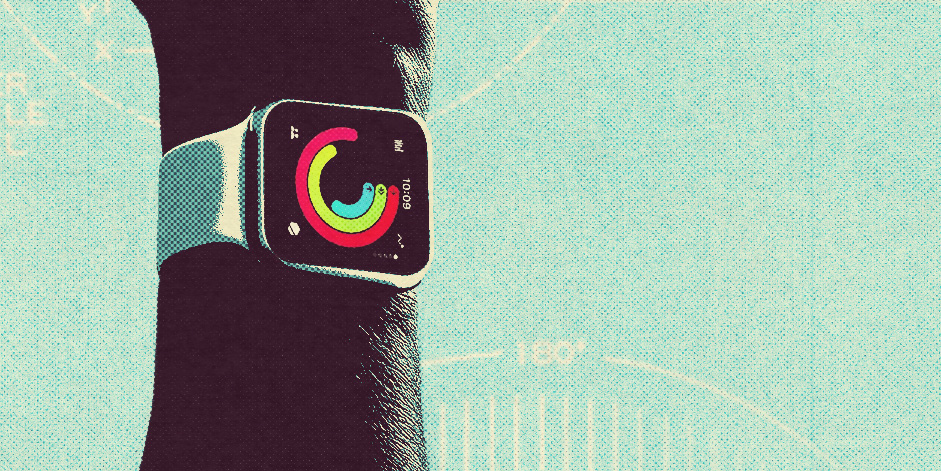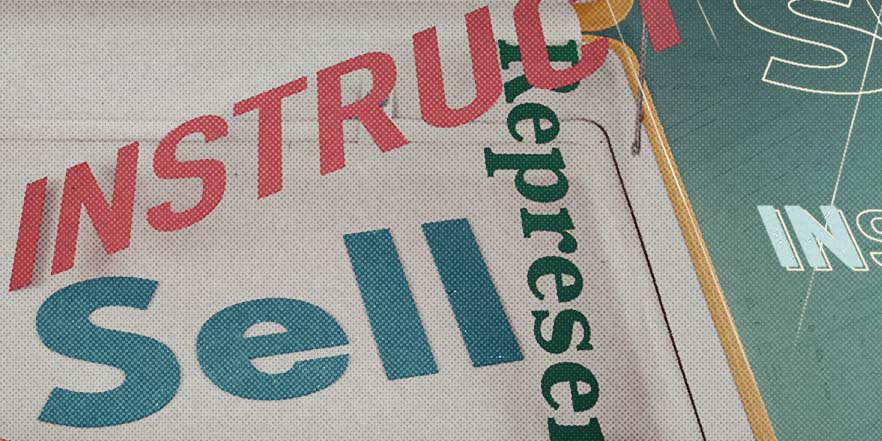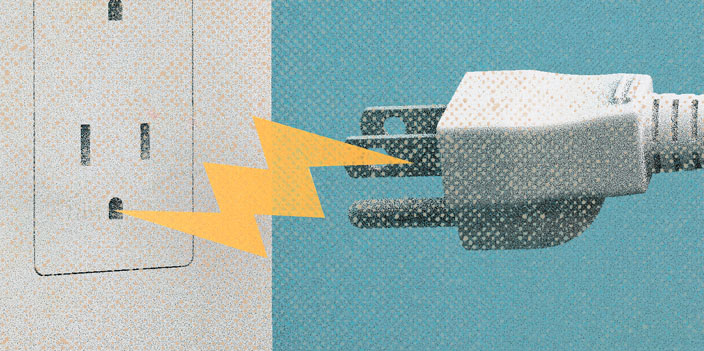The digital landscape is crowded, noisy, and full of options. Users have no patience for clunky interfaces or confusing flows. And research backs it up. Forrester found that every $1 invested in UX returns $100.
But what I care about even more than ROI is what UX transformation enables:
- Seamless, frustration-free experiences
- Teams that ship faster because they’re aligned on what users need
- A stronger connection between business goals and real human problems
Yet, many companies still treat UX as a layer, not a core function. That’s where things fall apart.
Most companies claim to care about customer experience, but very few actually redesign how they work to support it. I’ve spent nearly two decades leading CX and UX initiatives in companies of all sizes, from sprawling enterprises to scrappy startups, and here’s the truth: embedding UX into the core of how a business functions is hard. Really hard. True UX transformation isn’t about a design sprint or a usability test. It’s about rewiring how teams think, collaborate, and build.
Some companies get it right the first time. Others get it right after several failed attempts, budget constraints, and pushback from leadership. I’ve seen both. And what I’ve learned is that the ones who succeed don’t just hire a few designers and expect magic. They fundamentally shift their mindset to make UX part of the DNA.
This is a practical playbook for making that happen. I’ll walk you through a phased approach rooted in experience, from messy restructures to breakthrough moments where customer insights changed everything.
Get more valuable content design articles like this one delivered right to your inbox.
Phase 1: Executive buy-in and vision setting (0 to 3 months)
At one company I worked with, we knew customer experience was lagging, but nobody could agree on what to fix first. So we started small. My team created a simple CX North Star statement: one sentence that defined what a great user experience looked like for our customers. Then we mapped it to revenue loss, churn, and support ticket volume.
That got our executives’ attention. We weren’t just talking design; we were speaking the language of business.
What worked:
- We ran a customer journey mapping workshop and invited leadership to watch real users struggle.
- We demonstrated a direct correlation between UX pain points and associated costs, including churn, call center spikes, and failed renewals.
Quick wins:
- We rewrote error messages with UX writing guidelines. That alone cut support tickets by 12%.
- We optimized the sign-up flow, which improved conversion by 18% in three weeks.
Lesson learned: Getting executive buy-in isn’t a single meeting. It’s a campaign. Frame UX as a strategic growth lever, not a design problem.
Phase 2: Build a cross-functional UX team (3 to 12 months)
At Cisco, we encountered a challenge where multiple product teams were solving the same problems differently. Design wasn’t just inconsistent; it was conflicting. We piloted a cross-functional collaboration model in which designers, engineers, UX writers, QA testers, and PMs worked in sync. Suddenly, documentation matched product behavior, and testers flagged issues early using shared UX standards.
At one of the companies I worked at, I saw how deeply ingrained silos could kill good ideas. Designers were producing brilliant work that never saw the light of day because it wasn’t aligned with engineering timelines. We introduced regular design reviews that included product managers and QA, so alignment happened before anything hit development. In one particularly memorable case, a team was about to launch a feature that didn’t solve the user’s actual problem. Because design had a seat at the table early, we were able to pivot before wasting a sprint.
And at Dell, we implemented shared sprint rituals and retrospectives that brought in content strategists and testers. The result? Faster releases and fewer bugs in production, because everyone was aligned on the user’s journey from day one. In fact, we began to notice a drop in rework and clearer documentation across teams. Developers started requesting content guidance proactively, a sign that empathy for the end user had finally taken root.
What worked:
- We hired researchers and writers, not just visual designers.
- Designers were included in sprint planning and retrospectives.
- PMs were trained to write user stories rooted in actual user pain points, not just feature requests.
Example: Spotify’s model of autonomous “squads” inspired us. We built smaller teams responsible for one slice of the experience. That unlocked faster iteration and more focused outcomes.
Lesson learned: You don’t need a big team. You need the right team that’s aligned and empowered. The companies that succeed are the ones that break silos between product, design, content, engineering, and QA. When everyone understands the end-to-end experience, the product improves, and users feel the difference.
Phase 3: Build a scalable design system (12 to 24 months)
Design systems are one of those investments that feel painful up front but pay off enormously later. I worked at a company where product teams were using ten different button styles across apps. It was chaos. We created a design system of not just visual components, but also UX writing patterns, accessibility standards, and localization guidelines.
What worked:
- We held design system onboarding sessions for every team.
- Engineers and designers co-owned the UI library in Figma.
- We added internationalization and accessibility rules from the start.
Example: Airbnb’s Design Language System was a model we leaned on. It wasn’t just about visuals; it was about consistency, scalability, and inclusion.
Lesson learned: Your design system isn’t done when the components are live. It’s done when every team uses it without being told.
Phase 4: Integrate UX into Agile (18 to 24 months)
Agile can be brutal for UX if you’re not careful. At one company, design was constantly playing catch-up, mock-ups were delivered after the sprint started, user research was skipped, and developers were frustrated. So we tried something different. We created design spikes ahead of dev sprints. We ran weekly research check-ins. Designers sat with engineers.
What worked:
- We tested early, using clickable prototypes instead of high-fidelity mock-ups.
- We tracked usability metrics: task completion rate, error rate, and delight scores.
- Designers were no longer “ticket closers” but strategic partners.
Example: At Microsoft, when Satya Nadella pushed for digital transformation, UX became part of the core product lifecycle. Windows 10 and Azure both saw major gains from tighter design and engineering alignment.
Lesson Learned: Agile can support UX, but only if UX is there from the beginning, not as an afterthought.
Phase 5: Create a culture of user-centricity (24 to 36 months)
Tools can’t create culture. Only people can. At a large global organization I supported, we launched UX training for non-designers, PMs, support reps, and even finance. We shared user research findings in company all-hands meetings. We created a wall of real customer quotes in the lobby.
What worked:
- We created “UX Champions” in every department.
- We shared success stories, like the one where a content rewrite dropped the page’s bounce rate by 30%.
- We established “Voice of Customer” councils to present feedback monthly to execs.
Example: IDEO does this brilliantly. Their culture of design thinking isn’t just a process — it’s a mindset. Every team touches the user.
Lesson learned: If you want to scale UX, make it everyone’s job, not just the design team’s.
When companies don’t make the shift
There are companies that resist the shift to customer centricity. They suffer. I’ve worked with medium-sized organizations that blamed budget constraints or staffing issues. But the real cost showed up elsewhere, in rising support tickets, low NPS, and churn.
In one case, customer complaints became so frequent that leadership couldn’t ignore it anymore. That’s when they called me in. We didn’t start with a redesign; we started with listening. We ran call-shadowing sessions, reviewed chat logs, and interviewed frontline support staff. We found a disconnect between how teams perceived value and what customers were struggling with. That insight became the catalyst for change.
Lesson learned: Even when money is tight, customer pain is loud. Use it as your rallying cry. The silence around a bad experience is often a missed opportunity to improve something fundamental.
Final thoughts: Start where you are
You don’t need perfect conditions to start this journey. Pick one product. Build one cross-functional team. Solve one customer pain point. That’s how momentum starts. Embedding UX is less about process and more about people. It’s about giving teams permission to care about the customer and providing them with the tools to act on it.
In my career, I’ve seen transformations fail, stall, and eventually take flight. The ones that work? They’re led by people who believe that better experiences lead to better outcomes, for users and for business. And they’re not afraid to rewrite the way things have always been done. If that’s you, I hope this framework helps you take the first step.






